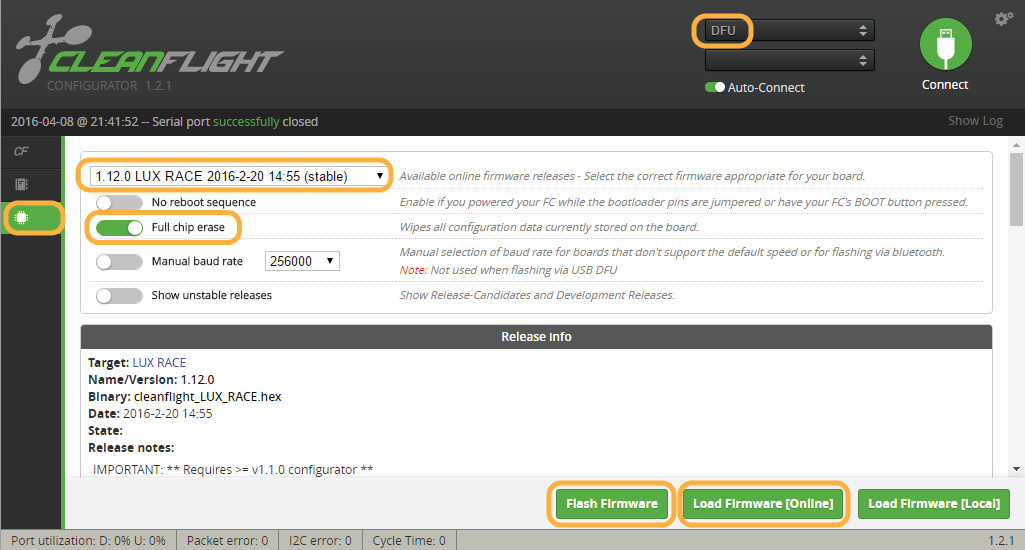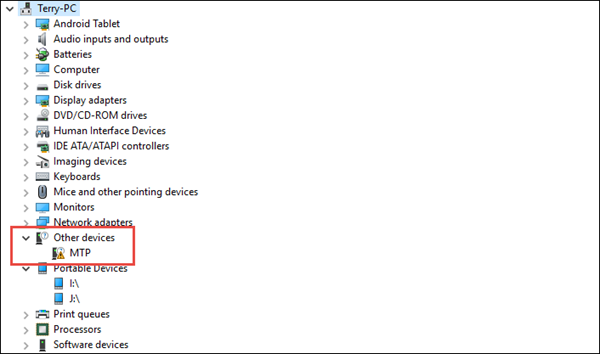Winusb Driver For Mac
ST (as data controller according to the Privacy Policy) will keep a record of my navigation history and use that information as well as the personal data that I have communicated to ST for marketing purposes relevant to my interests. My personal data will be provided to ST affiliates and distributors of ST in countries located in the European Union and outside of the European Union for the same marketing purposes - I understand that I can withdraw my consent at any time through opt-out links embedded in communication I receive or by managing my account settings. I can also exercise other user’s rights at any time as described in the Privacy Policy. ST will retain your browsing history and use details of the products and services that you have previously accessed, purchased or downloaded to make suggestions to you for other products and services which ST believe you will also be interested in. ST uses the personal data that you provide directly to it and through your activity on ST websites in accordance with the, to send you (directly or via ST local affiliates or distributors) newsletters, advertisements or other specific and targeted marketing material about ST products and services. Your personal data will be provided to ST local affiliates and distributors in countries located in the European Union and outside of the European Union. You can consult the list of ST local affiliates and distributors in our website’s.
Winusb Driver Windows 10
To send you specific and targeted marketing material, the information that you provide directly to ST and/or through your activity on ST websites may also be combined with other information that ST obtains from you in another context (e.g. If you enter into a business relationship with ST, its local affiliates or distributors). By using this Licensed Software, You are agreeing to be bound by the terms and conditions of this License Agreement.
Do not use the Licensed Software until You have read and agreed to the following terms and conditions. The use of the Licensed Software implies automatically the acceptance of the following terms and conditions.
DEFINITIONS Licensed Software: means the enclosed SOFTWARE/FIRMWARE, EXAMPLES, PROJECT TEMPLATE and all the related documentation and design tools licensed and delivered in the form of object and/or source code as the case maybe. Product: means Your and Your’s end-users’ product or system, and all the related documentation, that includes or incorporates solely and exclusively an executable version of the Licensed Software and provided further that such Licensed Software or derivative works of the Licensed Software execute solely and exclusively on microcontroller devices manufactured by or for ST.

Here are some instructions from that will put the ISO onto the flash drive with a Mac. They won't make it bootable though. Open a Terminal (under Utilities). Run diskutil list and determine the device node assigned to your flash media (e.g., /dev/disk2).
Run diskutil unmountDisk /dev/disk N (replace N with the disk number from the last command; in the previous example, N would be 2). Execute sudo dd if=/path/to/downloaded.iso of=/dev/disk N bs=1m (replace /path/to/downloaded.iso with the path where the image file is located; for example,./windows7.iso). Run diskutil eject /dev/disk N, and remove your flash media when the command completes (this can take a few hours on slower drives) Now. After you read all that, on the Gizmodo page it says that if you want to make it bootable you should use a utility called Live USB helper they link to (which isn't there any more) and use a Mac mounting tool (which isn't there either!) to force the ISO to mount on the Mac so you can copy the files over. That article may prove useful, but probably not.
I can find other copies of Live USB helper out there, but they are all Windows executables. One method that will work is to swap the hard drive out of the PC and into the Mac. Put your Windows 7 installation disc into the Mac optical drive, and install Windows 7 on that drive. Once it is up and running (don't worry about drivers yet), follow these steps. Run Command Prompt as administrator.

Type to Command Prompt:%windir% System32 Sysprep Sysprep.exe, and hit Enter. In sysprep dialog that opens, choose “System Cleanup Action” as “Enter System Out-of-Box-Experience (OOBE)”, select “Generalize”, and select “Shutdown Options” as “Shutdown”. Click “OK”. Sysprep generalizes now your Windows 7 setup and shuts down your computer. Do not run any other programs during this phase!. Remove the drive from your Mac.
Winusb Driver For Mac Windows 10
Put it back into the PC. Boot the PC from sysprep generalized hard disk.
You will notice Windows booting as if it was the first boot after installation, installing default and updating registry. One or two reboots are needed, depending on your system specifications. When Windows finally boots up, you will need to enter all information as if this really was a new, fresh installation All that is from, but it applies in this situation a well, since you would be moving a Windows 7 installation from one computer to another. Considering that trying to make a Windows bootable USB stick with a Mac requires tools that either don't exist any more or are not being developed any more. This second method will most likely prove more dependable. Assuming you have burnt your Windows CD into a ISO file with the tools like: 1.
Winusb Download Windows 10
Jump into a folder here 2. Get the latest version of zip archive with the keyword 'mac' in the filename. Download and open it up on your Mac OS X desktop. On Unetbootin interface, choose Diskimage-ISO and then select the Windows ISO file on your local hard drive. Select the right USB Drive and then click OK to start writing ISO data onto your USB drive.
Once done, you're ready to boot your computer with this bootable USB drive, like a DVD installation disk. You could also use on your Mac and install Windows quickly, then use Windows to create the media for the PC. You just need to allow windows to read from the USB port. Microsoft published for Internet Explorer testing purposes, but you can also use them to create a bootable USB stick. To allow Windows to read from the USB port you'll need to install the. Then you can enable the USB 2.0 (EHCI) Controller in the virtual machine's settings (Ports - USB).
Even if the 'check for updates' feature is turned on, those updates are only for the WHQL driver by default (which is released twice a year or so) and you'd have to turn it on specifically to opt-in for beta driver updates. Nvidia enthusiasts platform drivers for mac download. Do you really want a piece of software that you don't know the trustworthiness of running in your machine's kernel address space? Am I gonna have to pirate my graphics drivers now? This strikes me as absurd and unnecessary. No thanks Nvidia.

Then when you insert the USB stick, it will probably first be detected by OS X, and since only one OS at a time can acces the port, you should eject it in OS X. Then it should automatically show up in Windows.
If it's not, try to click the USB cable connection icon at the right bottom in the virtual machine. The USB port should be listed there and when you click it it should be mounted. Then you can use a tool such as to create a bootable USB stick. As none of the answers I found on the internet worked for me, here are the steps that I ended up following. First of all, brief description of my setup:. I want to install Windows 7 (32-bit) on a PC (not on a Mac) using a USB removable media (8GB).
I have an ISO image of the installation DVD. I want to prepare the USB media on my Mac (OS X 10.10 Yosemite). my MacBook Pro only has USB 3.0 ports What I tried:. the typical suggestion of using hdiutil to convert ISO to UDRW IMG and then using dd to copy it to the USB. While I did not encounter any errors, the resulting USB media was not bootable. using UNetbootin to create the media (supplying Windows installer ISO as custom ISO). While I did not encounter any errors and the resulting USB media seemed to be bootable, it just crashed during boot (started to boot then halted the system, no error).
using Windows inside VirtualBox to write to the USB stick did not work either, as VirtualBox does not support USB 3.0 yet (I even updated by VirtualBox to 5.0.0 RC1 but still no luck. Maybe newer versions will work) SOLUTION As none of the above worked, I ended up first and then used that Ubuntu installation (it has GRUB2!).